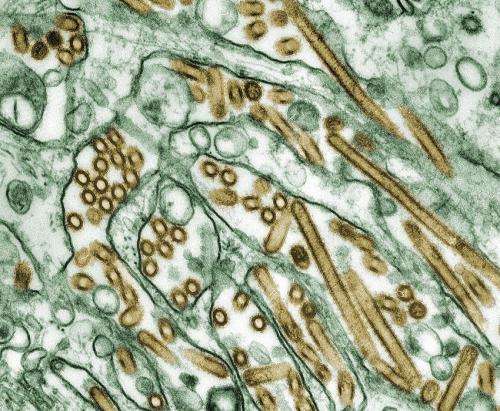End of Bird Flu Emergency Response in the US as Infections Decline

The US has ended its emergency response to the bird flu outbreak as infections decline, shifting towards routine surveillance and monitoring efforts amid concerns about potential virus mutations.
The United States has officially concluded its emergency response to the bird flu outbreak following a significant decline in cases. The outbreak, which had previously sickened dozens of people, affected livestock including poultry and cattle, and caused a rise in egg prices, has now subsided. The CDC announced that the emergency designation has been lifted, marking a transition back to standard surveillance and response efforts.
This shift comes after the outbreak's peak when the CDC, along with state health agencies, actively monitored and managed the spread of the H5N1 avian influenza virus. The agency combined bird flu updates with routine seasonal flu reports starting on Monday and will now publish testing and monitoring data on a monthly basis instead of ongoing real-time updates for animals and humans.
Several states, such as California and Washington, which experienced notable outbreaks, have also scaled back their emergency measures. California, which had the highest number of human cases in 2024 with 38 infections, ended its emergency declaration in April. Similarly, Washington, with 11 cases last year, has reduced its response efforts.
The CDC’s emergency response involved dispatching hundreds of staff members to assist with testing, surveillance, and communication. With the end of the emergency, the focus shifts to integrating bird flu surveillance into existing influenza monitoring programs managed by the CDC's Influenza Division.
Healthcare professionals and researchers warn that relaxing enhanced surveillance could hinder the detection of potential mutations or shifts in the virus's behavior, especially as bird flu continues to circulate among migratory birds and livestock. Experts express concern that diminished oversight might delay identification of strains that could become more transmissible among humans.
There are also concerns that the decreased monitoring could allow the virus to spread unnoticed, particularly among agricultural workers and in environments where surveillance is primarily dependent on voluntary cooperation. The ongoing presence of the virus in migratory bird populations underscores the importance of continued vigilance.
While most human infections in 2024 involved agricultural workers exposed to infected animals, the overall risk remains low. The CDC reports that 70 people were infected in total, with one death recorded in January. The infections generally show flu-like symptoms and can be treated effectively with antiviral medications like Tamiflu.
Despite the decline in cases, health experts urge caution, emphasizing that letting down guard facilities the potential for the virus to mutate and possibly adapt better to human transmission. The move reflects broader federal policy changes that may impact preparedness and response efforts in future outbreaks.
For more detailed information, source: https://medicalxpress.com/news/2025-07-bird-flu-emergency-response-infections.html
Stay Updated with Mia's Feed
Get the latest health & wellness insights delivered straight to your inbox.
Related Articles
New Hope in Lymphoma Treatment: Terbium-161 Radioimmunotherapy
Researchers at PSI have developed a targeted radioimmunotherapy using terbium-161 to effectively combat lymphoma, offering new hope for precise and effective treatment options.
Public Health and Private Equity: The Implications of Walgreens' Buyout for Future Pharmacy Care
Exploring how Walgreens' acquisition by private equity could reshape the future of pharmacy care, impacting access, innovation, and public health in the United States.
Projected Doubling of Kidney Cancer Cases by 2050 Highlights Growing Health Concern
A study predicts that kidney cancer cases worldwide will double by 2050, driven by lifestyle factors such as obesity and smoking. Early detection and prevention are crucial to addressing this rising health challenge.



